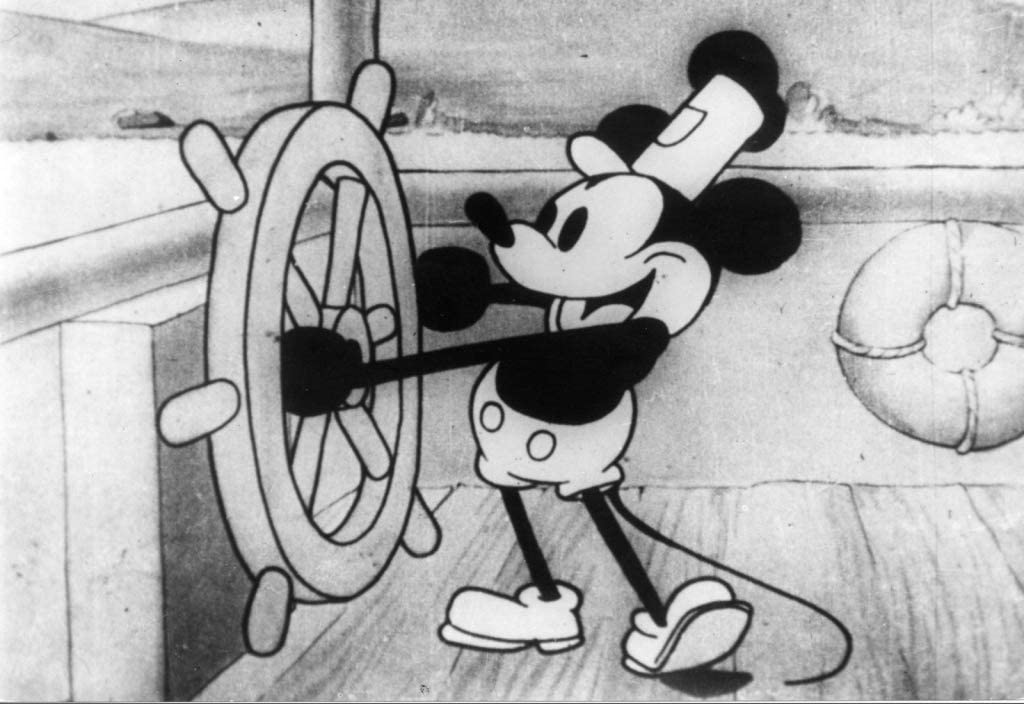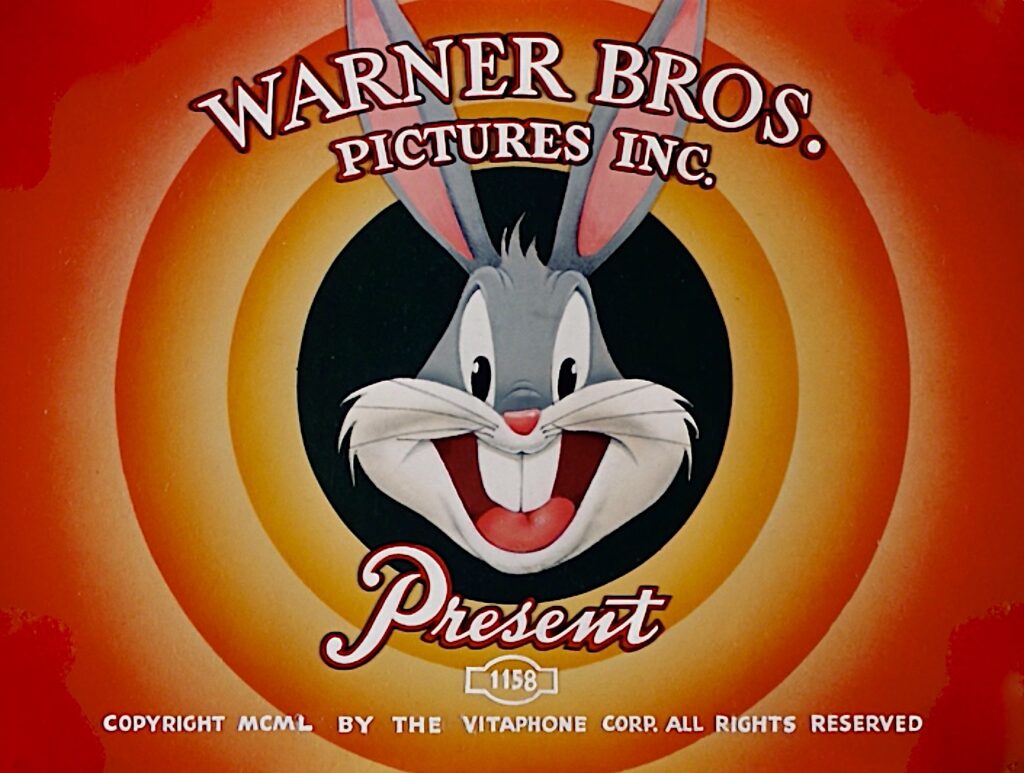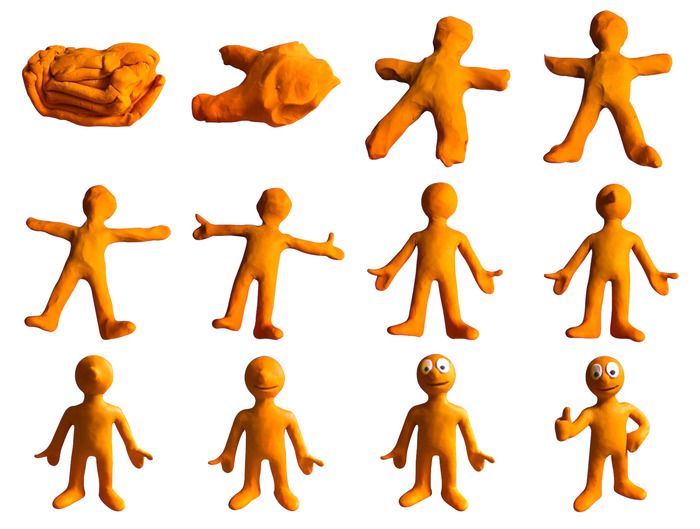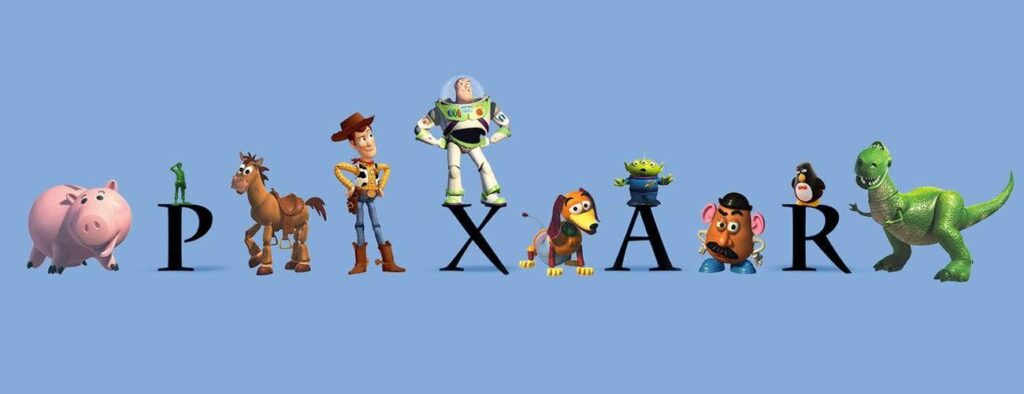Continuing on from Part 1 and Part 2.
Disney v Warner Bros
The Golden Age of animation began in the early 1920’s and continues today. Disney was the first to transform cartoon characters into stars with the likes of Mickey Mouse, Donald Duck and Goofy.
The shades of Mickey Mouse first appeared in 1922 when Hugh Harman draw sketches of a mouse. His seed proved to be the inspiration for Ub Iwerks who transformed Walt Disney’s character Oswald the Lucky Rabbit into a mouse after the character was rejected by Universal Pictures.
Ironically, Hugh Harman went on to establish Warner Bros with another former Disney cartoonist Rudolf Ising. With the introduction of classic Looney Tunes characters such as Porky Pig, Bugs Bunny and Daffy Duck, the company would become Disney’s closest rival.
The turning point for Warner Bros, and animation, was to redesign Porky Pig “softer” rather than fat. This quality gave Harman’s characters a distinct personality that enabled them to play off each other.
The Beginnings of 3D Computer Animation
By the 1960s, 3D animation was making an appearance on computers – not in the animated film industry, but in aviation. Attributed to William Fetter, the graphic designer and artist created the 3-D images of humans and used them short films for Boeing.
Prior to that claymation made a comeback with the 1956 TV show Gumby. Morph popularised the clay stop-motion technique in the UK, but it wasn’t until the 1990s with the development of Nick Park’s characters, Wallace and Gromit (1990), Shawn the Sheep (1995) and Robot Chicken (2005) that claymation was used to create a feature film.
Claymation is extremely time-consuming and thus highly rare. Computer animation is much more robust and since the 1976 Futureworld, 3D wireframe imagery has revolutionised the film industry.
The capabilities of 3D animation we know today were first recognised in Star Wars IV: A New Hope, when George Lucas filmed C-P3O and Chewbacca in a scene that resembled a 3-D version of chess.
Animation was taken to another level when Steve Jobs purchased Lucasfilm to create a graphics division Jobs called ‘Pixar Animation Studios’. The company produced memorable graphics in films cuts as Toy Story (1995), Bug’s Life (1998), Monsters, Inc. (2001), Finding Nemo (2003), The Incredibles (2004) before being sold to Disney in 2006.
But it was in 2000 when today’s animated characters were truly brought to life. A team led by Paul Debevec captured and simulated the reflectance field over the face of humans which enabled animators to create digital lookalikes of actors.
The reflectance field paved the way for 3D animation to commercialise virtual reality (VR), a format which is being increasingly used across multiple industries to create real-life situations. With today’s technologies, animated film has unlimited possibilities.













